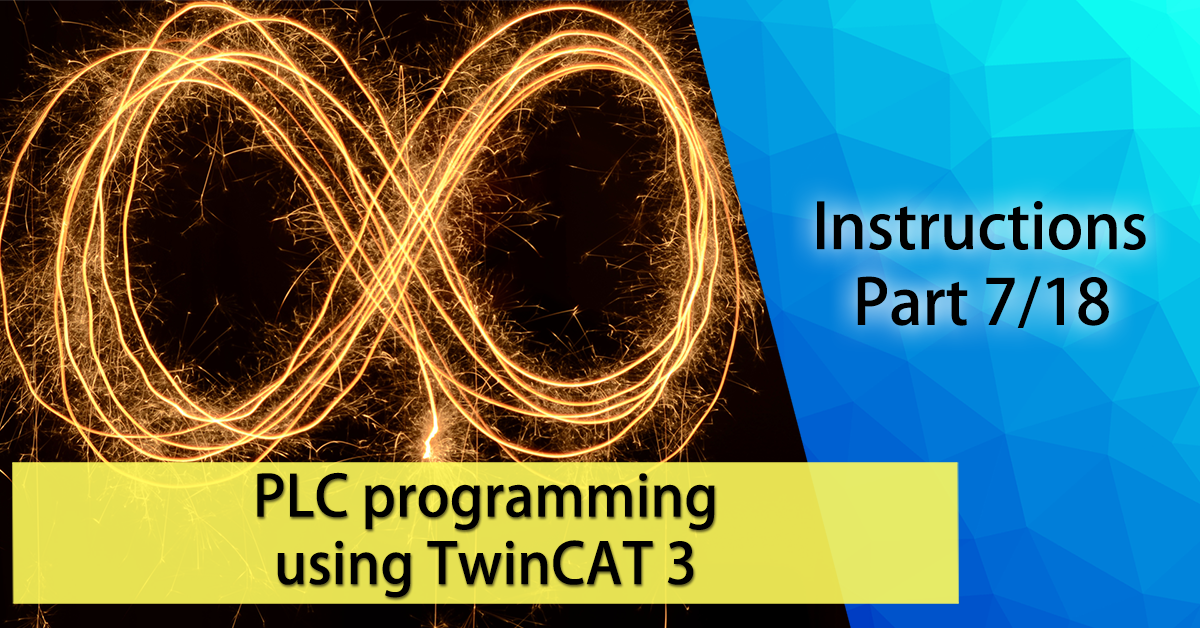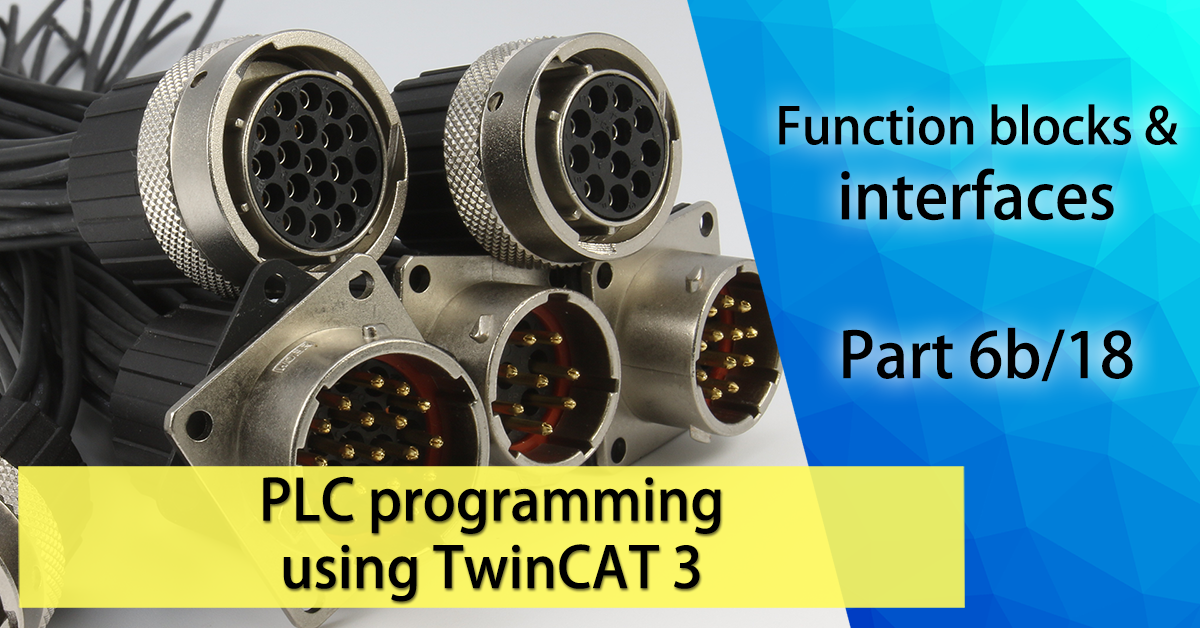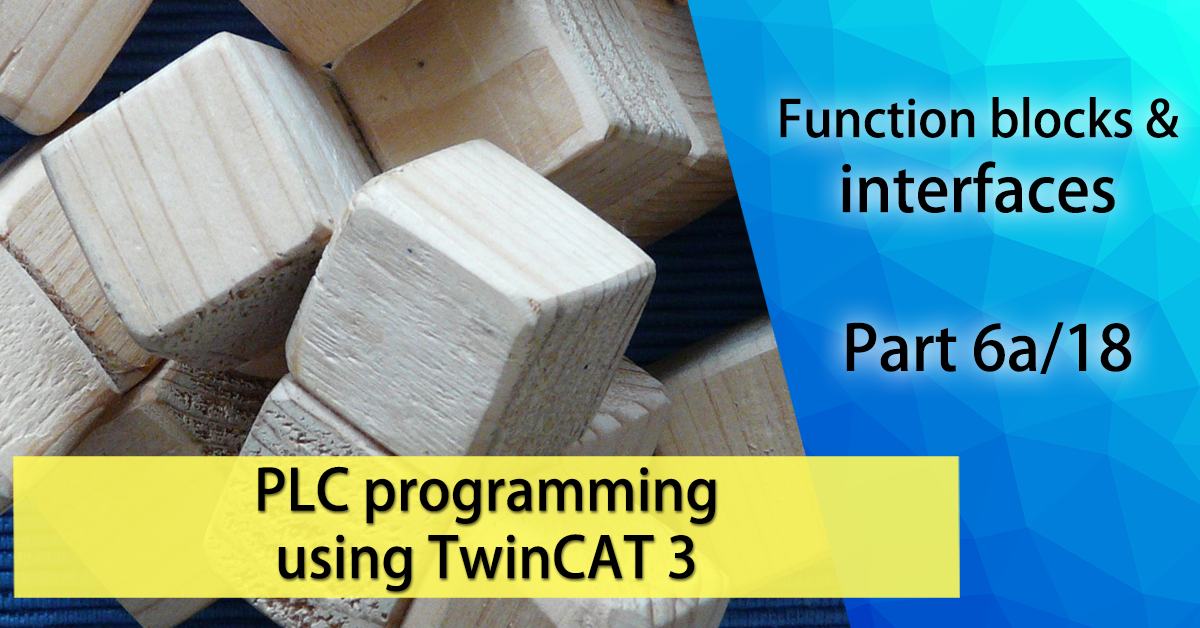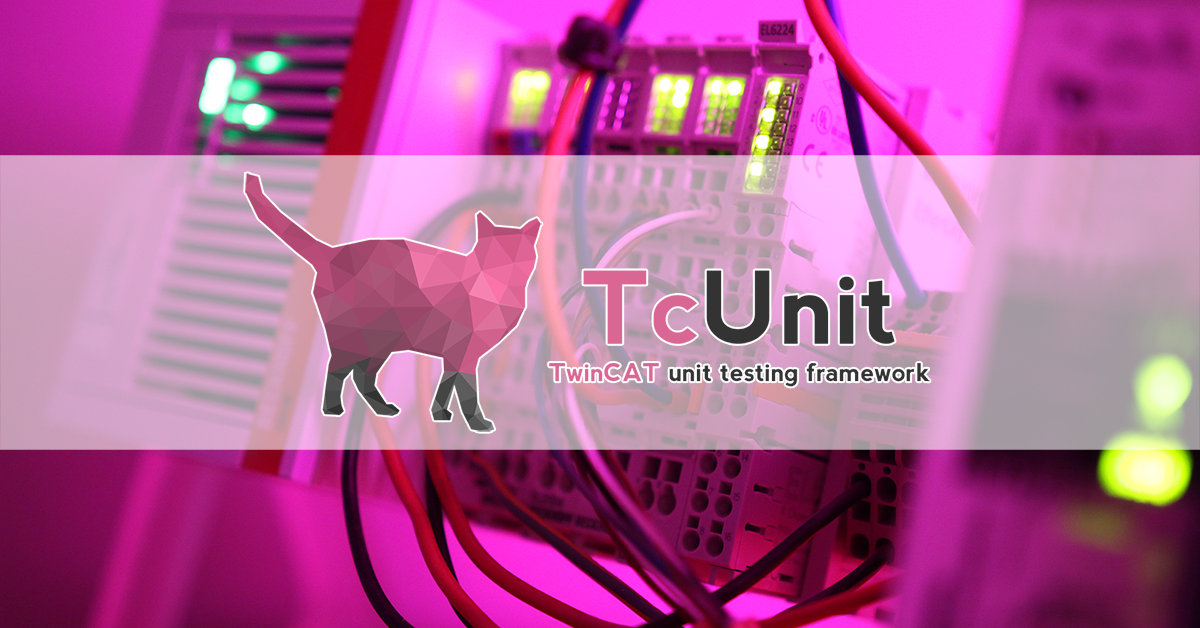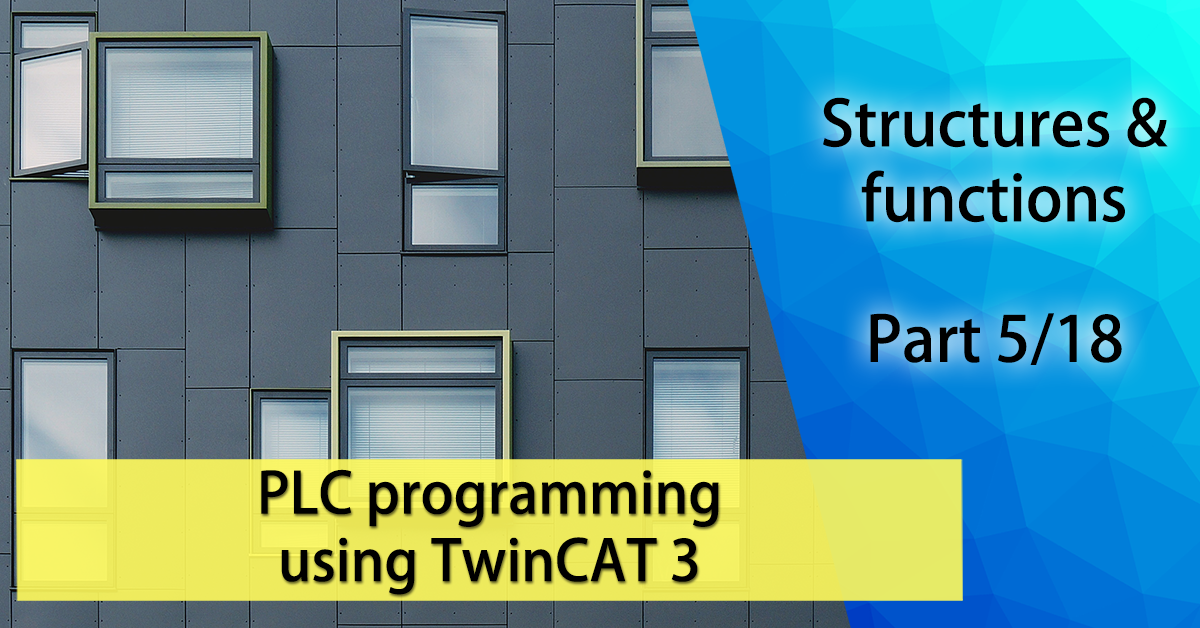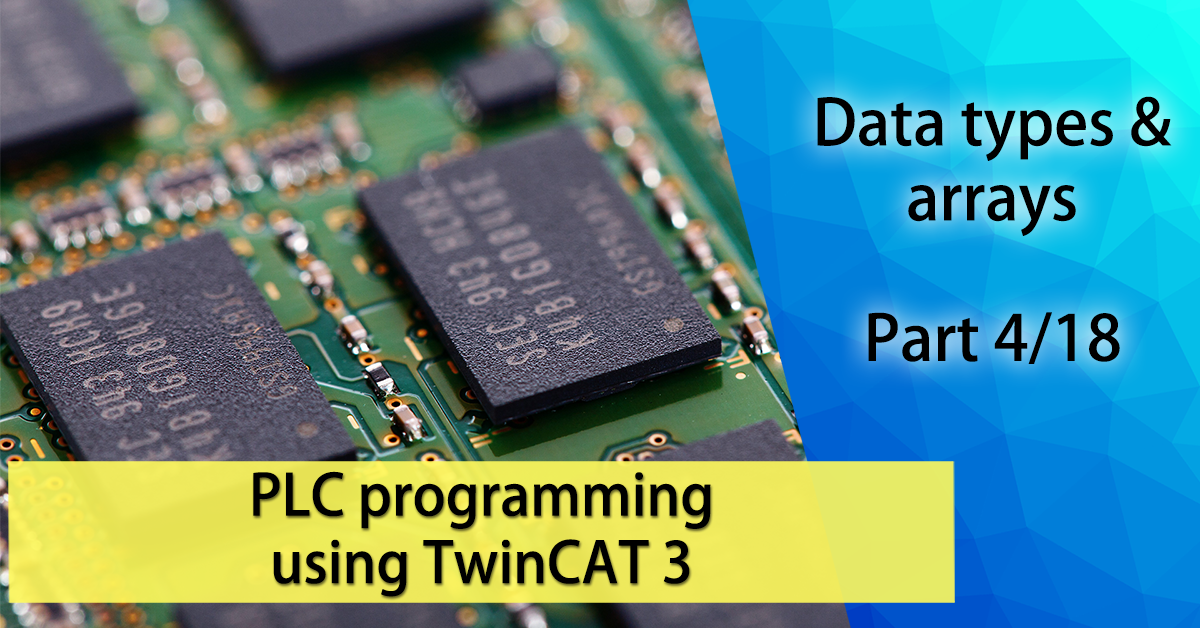Although I mostly use this blog to post TwinCAT-related stuff, I sometimes make exceptions. This blog post is such an exception.
I was recently on vacation in the Stockholm archipelago on the island Utö. Together with my wife I stayed there during the nights of the Perseid meteor shower. The Perseids are a meteor shower associated with the comet Swift-Tuttle. The peak of the Perseids happened during the night between 12th and 13th of August. Utö is an ideal location for this as it’s quite remote and far from bigger cities and thus has a very dark sky. This year there was no moon that interrupted either so conditions were fantastic. We spent several nights under the stars and saw many Perseids. I brought my DSLR camera and a small tripod with me, so during these nights I made sure to take lots of photos to create a time lapse, which you can see below. Note that the moving light streaks in the movie are not Perseids. These are airplanes and satellites. The Perseids are only visible during one frame at a time in the time lapse so they just flicker by. In the movie you can see one Perseid which I’ve explicitly prepared so that you can see it in slow motion.
Being out for a couple of nights with perfect conditions made me realize how much I’ve missed the stars 💔.


